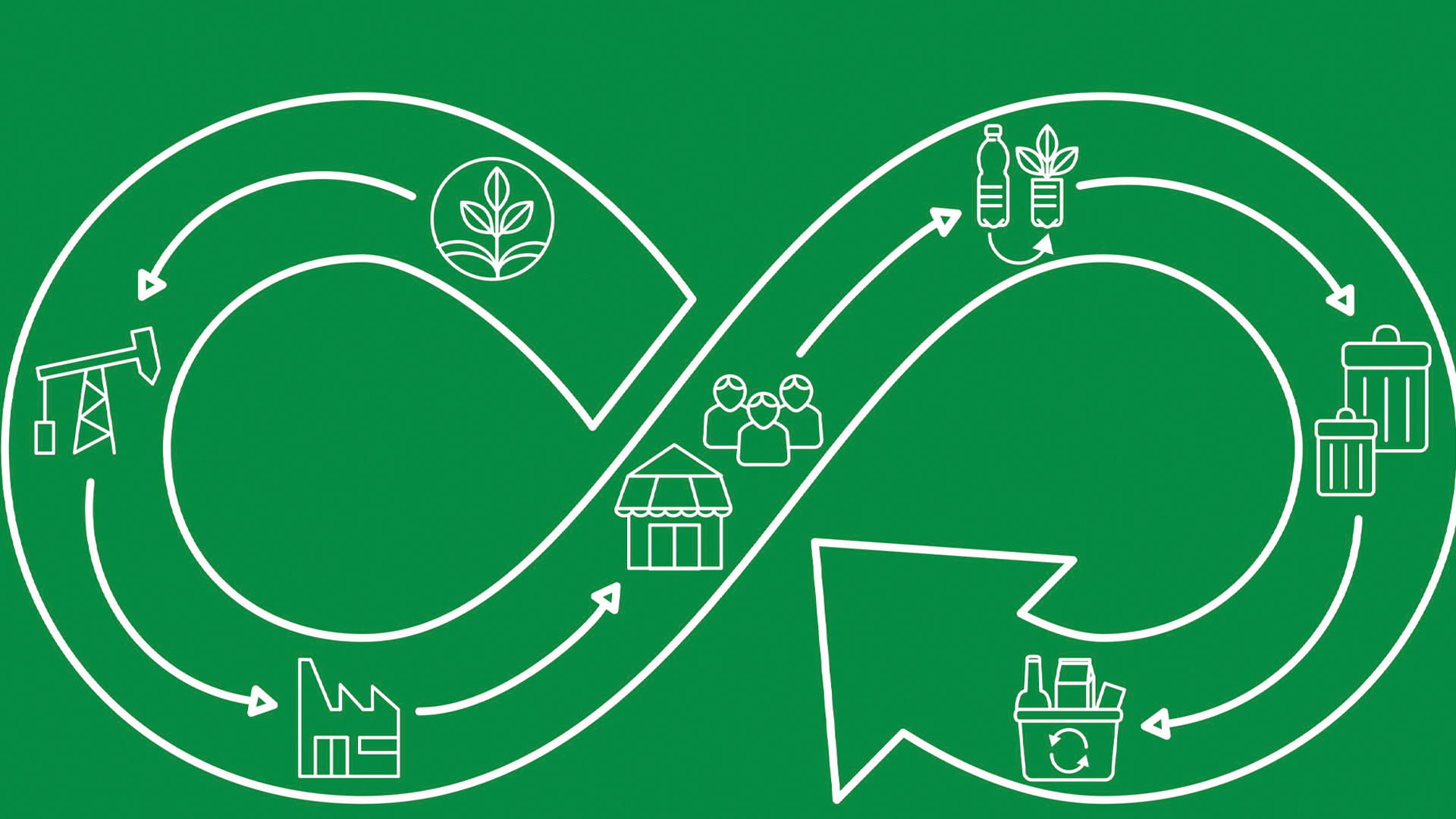
Based on projections from the International Energy Agency and the Canadian Institute for Climate Choices, Canada must dramatically increase its deployment of wind, solar and storage technologies in order to reach its legislated 2050 net-zero commitments and combat climate change.
Solar photo-voltaic (PV) modules and wind turbines primarily use common and readily recycled materials such as glass, iron, steel and aluminum.
They also use critical and strategic minerals and metals, which are subject to near-term economic or geopolitical supply constraints. These include 13 of the 31 minerals designated as critical by Canada, because of their importance to economic growth and national security, plus 4 rare-earth elements.
Canada can meet climate goals by building better infrastructure
As early wind and solar installations advance in age and are decommissioned, the materials are beginning to find their way into Canadian waste streams. Volumes remain low, and we are about 10 years away from having a high enough volume of decommissioned materials to support profitable specialized domestic recycling. The volume of this material will grow as adoption of these technologies comes to scale.
A first effort to estimate future waste volumes in a Canadian context by the Smart Prosperity Institute finds that by 2050, even conservative scenarios of renewable-energy technology uptake suggest a 60-fold increase in accumulated end-of-life solar PV modules, and a 30-fold increase in accumulated end-of-life wind turbines, compared with today (October 2021).
With the growing implementation of circular-economy principles, the landscape for these waste streams will be dynamic and changing over this time frame, as already evidenced by Vestas’ new fully recyclable wind turbine blade.
Circular-economy principles apply to renewables
The circular economy is a vision for a global economy that operates within nature’s limits by observing three core principles: waste and pollution are designed out of the economy; products and materials are kept in use; and natural systems are regenerated and enhanced. Circular-economy approaches are critical to reducing the greenhouse gas and material intensity of wind turbines and solar PV modules, minimizing material loss along their life cycles, recovering the value of end-of-life material scrap and reducing the volume of waste that is sent to landfills.
They do so by re-using, remanufacturing or recycling different components of these technologies, and recycling end-of-life material scrap to the greatest extent possible.
Approaches may include policies that assign responsibility for recycling and end-of-life management to product importers and sellers (this is already applied to other electronics in parts of Canada), and new business models that lease, rather than sell, materials or technologies.
Currently, Canada has no regulations specifically directed at recovering materials from solar PV modules and wind turbines at their end of life, nor does it have any specialized recycling facilities.
There are signs of change, however: a pilot program in Alberta has begun to accept solar PVs within its electronics recycling, and British Columbia has just announced plans to include solar PVs in its recycling regulations.
While the iron and steel used in wind turbines may get recycled, and voluntary programs in North America collect a small stream of thin-film solar PV modules for U.S.-based recycling, other decommissioned materials from these technologies are either sent to landfills or being stored pending future recycling options.
Next steps
New investments and policies are needed for Canada to adopt circular-economy approaches in the renewable-energy sector.
These include strategic investments in specialized recycling infrastructure, establishing cost-effective recycling channels and corridors for efficient end-of-life transport, policies incentivizing design for ease of disassembly and recycling, and addressing technological, regulatory, and financial barriers to this transition.
Further work is needed to quantify the volume and characteristics of future end-of-life materials in the renewable-energy sector, assess recycling options and capacity, determine how different policy options might affect a level playing field with competing energy sources, and facilitate the development of a shared response among the multiple actors along the solar and wind value chain.
It is fitting that the policy lens on renewable-energy technologies has to date focused on their promise in a net-zero future. Canada hopes to take advantage of the significant climate-change benefits presented by wind energy, solar energy and energy storage, as the deployment of these technologies is projected to increase dramatically by 2050.
The Smart Prosperity Institute’s research points out that as the industry grows, its footprint will also grow. As CanREA stresses, however, this is an industry with sustainability at its very core, one that embraces circular-economy principles and rapidly improving recycling technologies.
By embracing circular-economy approaches to manage the flow of materials on a “cradle-to-cradle” basis, the renewable-energy sector in Canada can become a champion of a zero-waste as well as a net-zero-carbon future, while at the same time taking greater control over managing stocks of the critical materials essential for future growth.












